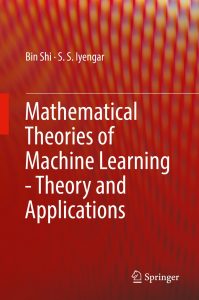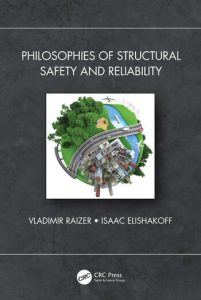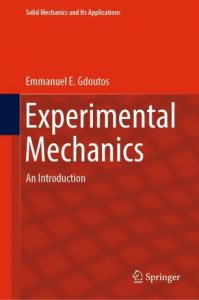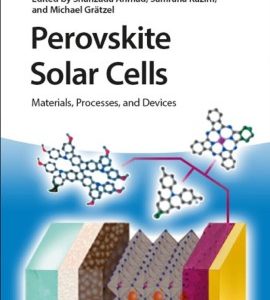Perovskite Solar Cells
by Prof. Shahzada Ahmad, Prof. Samrana Kazim, and Prof. Michael Grätzel
Presents a thorough overview of perovskite research, written by leaders in the field of photovoltaics
The use of perovskite-structured materials to produce high-efficiency solar cells is a subject of growing interest for academic researchers and industry professionals alike. Due to their excellent light absorption, longevity, and charge-carrier properties, perovskite solar cells show great promise as a low-cost, industry-scalable alternative to conventional photovoltaic cells.
Perovskite Solar Cells: Materials, Processes, and Devices provides an up-to-date overview of the current state of perovskite solar cell research. Addressing the key areas in the rapidly growing field, this comprehensive volume covers novel materials, advanced theory, modelling and simulation, device physics, new processes, and the critical issue of solar cell stability. Contributions by an international panel of researchers highlight both the opportunities and challenges related to perovskite solar cells while offering detailed insights on topics such as the photon recycling processes, interfacial properties, and charge transfer principles of perovskite-based devices.
– Examines new compositions, hole and electron transport materials, lead-free materials, and 2D and 3D materials
– Covers interface modelling techniques, methods for modelling in two and three dimensions, and developments beyond Shockley-Queisser Theory
– Discusses new fabrication processes such as slot-die coating, roll processing, and vacuum sublimation
– Describes the device physics of perovskite solar cells, including recombination kinetics and optical absorption
– Explores innovative approaches to increase the light conversion efficiency of photovoltaic cells
Perovskite Solar Cells: Materials, Processes, and Devices is essential reading for all those in the photovoltaic community, including materials scientists, surface physicists, surface chemists, solid state physicists, solid state chemists, and electrical engineers.




















